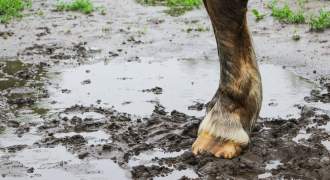
How to prevent mud fever?
How can I prevent mud fever? For the most part it’s all about keeping the legs clean and dry: Avoid muddy paddocks Try cr......
23 February 2018
Read More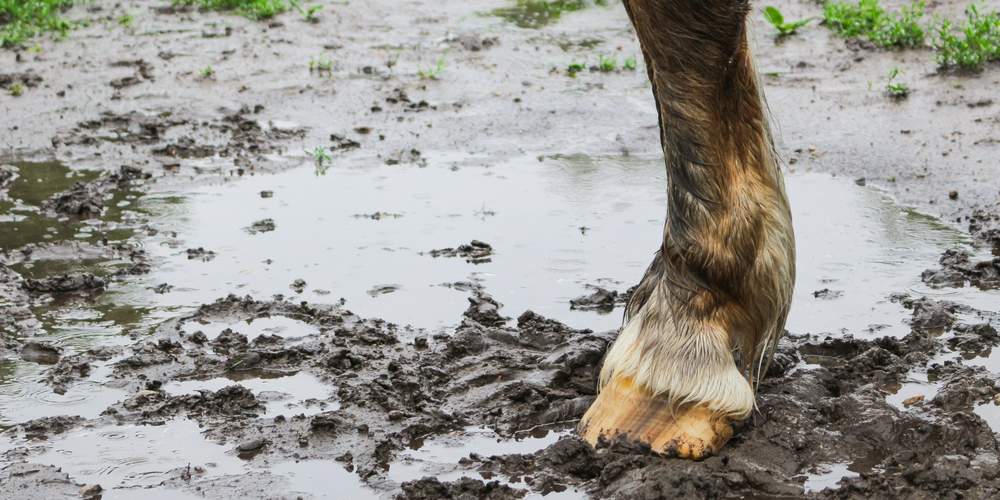
How can I prevent mud fever? For the most part it’s all about keeping the legs clean and dry:
Avoid muddy paddocks
Try creating several smaller paddocks, using electric fencing and rotate these during the winter to help prevent the ground from poaching. Place woodchip, matting or road chippings in gateways to make some firm, dry ground or make two gateways for each paddock to reduce traffic over the same path every day.
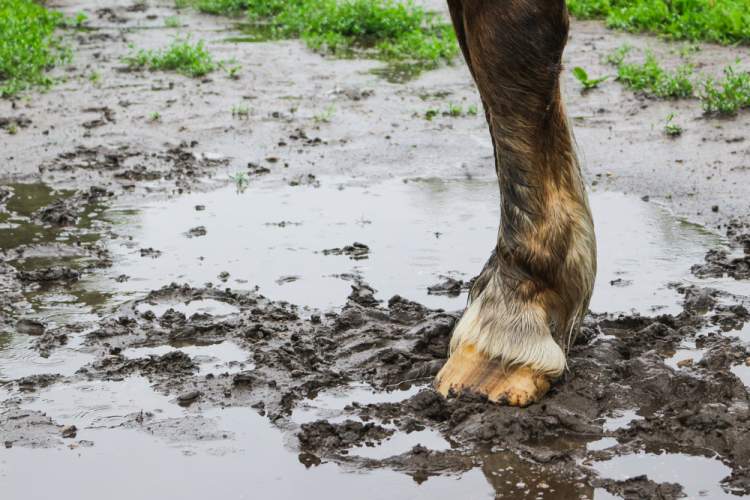
Provide a dry stable
Wood shavings or wood pellets are best for keeping legs dry and irritation-free in the stable but be aware some horses may be allergic to some products so it’s advisable to change the bedding if the condition does not improve.
Don’t keep washing legs
While you need to keep the legs clean it can be counter-productive to wash them repeatedly as it can remove natural protective oils and cause the skin to weaken, making it more susceptible to bacteria. If you do need to wash legs warm water is recommended and make sure they are dried thoroughly afterwards. Often it is best to wait for mud to dry and then brush it off.
Be careful about covering legs
Using wraps, boots or bandages consistently may increase moisture retention and retain warmth around the legs, which is exactly what mud fever likes. They may also damage the skin and make it more vulnerable to infection.
Check your horse’s legs daily
Spotting the earliest signs of mud fever and taking prompt action can help stop a flare up in its tracks.
Not all cases of mud fever are due to mud!
In some rarer cases horses can develop signs of mud fever despite their environment being clean and dry. These horses will often have an underlying predisposing cause which will need investigating by your vet.
Related blog posts
Find out how to treat mud fever
References
Anthony (2013) pastern dermatitis. Vet Clin Equine 29 (2013) 577–588

How can I prevent mud fever? For the most part it’s all about keeping the legs clean and dry: Avoid muddy paddocks Try cr......
23 February 2018
Read More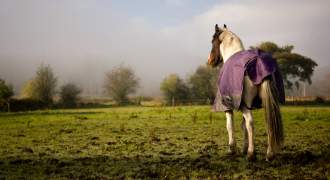
How do I treat mud fever? If you think your horse may have mud fever it’s always best to speak to your vet. Every case is di...
23 February 2018
Read More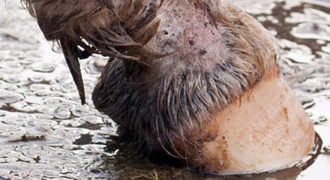
What is mud fever you ask? Mud fever is enough to make any horse owner hot under the collar. It’s a persistent skin problem,...
19 February 2018
Read More